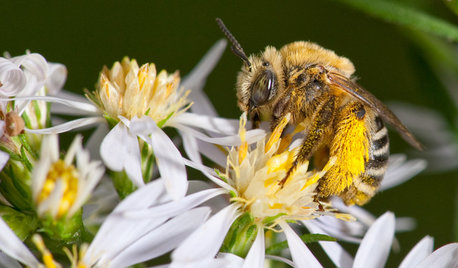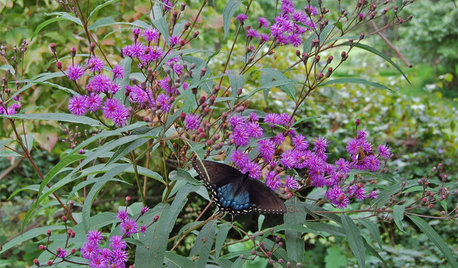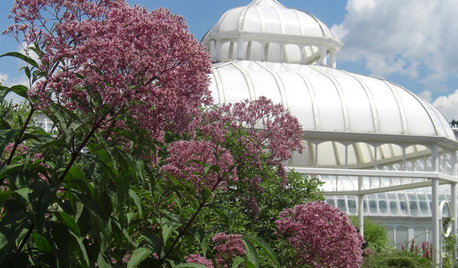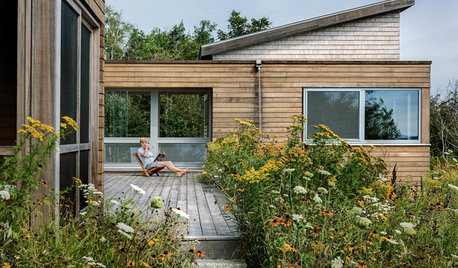Dividing Black Eyed Susans Goldsturms and Purple Coneflowers
mary_max
10 years ago
Featured Answer
Comments (14)
sunnyborders
10 years agomulchmama
10 years agoRelated Professionals
Milwaukee Landscape Architects & Landscape Designers · Waunakee Landscape Architects & Landscape Designers · Willowick Landscape Architects & Landscape Designers · Aurora Landscape Contractors · Bethel Park Landscape Contractors · Boca Raton Landscape Contractors · Bridgeview Landscape Contractors · Brunswick Landscape Contractors · Clark Landscape Contractors · Columbine Landscape Contractors · Pleasanton Landscape Contractors · Rockwall Landscape Contractors · Tigard Landscape Contractors · Tuscaloosa Landscape Contractors · Weslaco Landscape Contractorsmary_max
10 years agoCampanula UK Z8
10 years agocrunchpa
10 years agoa2zmom_Z6_NJ
10 years agoechinaceamaniac
10 years agosunnyborders
10 years agocrunchpa
10 years agomulchmama
10 years agosunnyborders
10 years agokatob Z6ish, NE Pa
10 years agovivian_2010 (IL Zone 5a)
10 years ago
Related Stories

FLOWERSRudbeckia Mania: Go Beyond Black-Eyed Susan in the Garden
Branch out from typical nursery fare, with lesser-known Rudbeckia species that have delightfully unexpected features
Full Story
GARDENING FOR BUTTERFLIESButterfly Gardening: Delight the Eyes With Living Sculptures
Surprise and thrill with a garden that attracts magical winged creatures, bringing color, movement and life
Full Story
MOST POPULAR11 Reasons to Paint Your Interior Doors Black
Brush on some ebony paint and turn a dull doorway into a model of drop-dead sophistication
Full Story
GARDENING GUIDESLook for Long-Horned Bees on Summer's Flowers
These insects are busy in the garden come summer and fall, pollinating sunflowers, coneflowers, asters and more
Full Story
GARDENING GUIDESGreat Design Plant: Vernonia Noveboracensis
Stately New York ironweed attracts pollinators with its blooms at the end of summer and birds with its seeds in fall
Full Story
FLOWERSGreat Design Plant: Joe Pye Weed
This unsung beauty tolerates wet soil, provides beautiful late summer blooms and attracts butterflies and hummingbirds
Full Story
COLORFUL HOMESThe Best of My Houzz: 10 Living Rooms With Wall Colors to Love
Jet black, Meyer lemon yellow, mossy green — these spaces make a statement with bold color
Full Story
LANDSCAPE DESIGNGet Along With Less Lawn — Ideas to Save Water and Effort
Ditch the mower and lower your water bill while creating a feast for the eyes with diverse plantings and gathering places
Full Story
GARDENING FOR BUTTERFLIESGreat Design Plant: Mardi Gras Sneezeweed Throws a Color Party
It brings high energy, takes low maintenance and wears a brilliant outfit. If only all garden guests were this dandy
Full Story
GARDENING GUIDES3 Ways to Revel in Summer Garden Sweetness
Patiently observe what works and doesn’t work in your landscape
Full StoryMore Discussions








sunnyborders